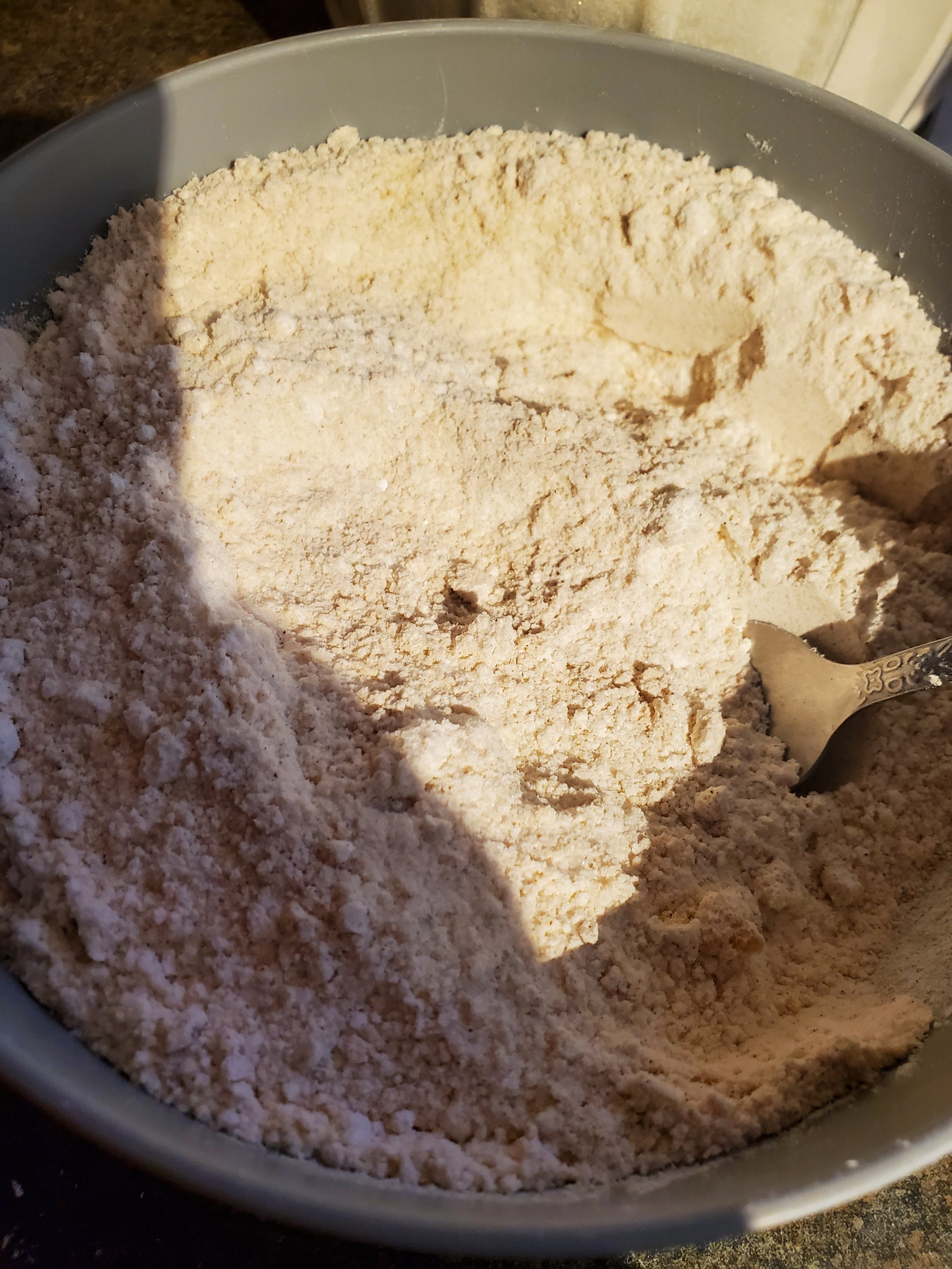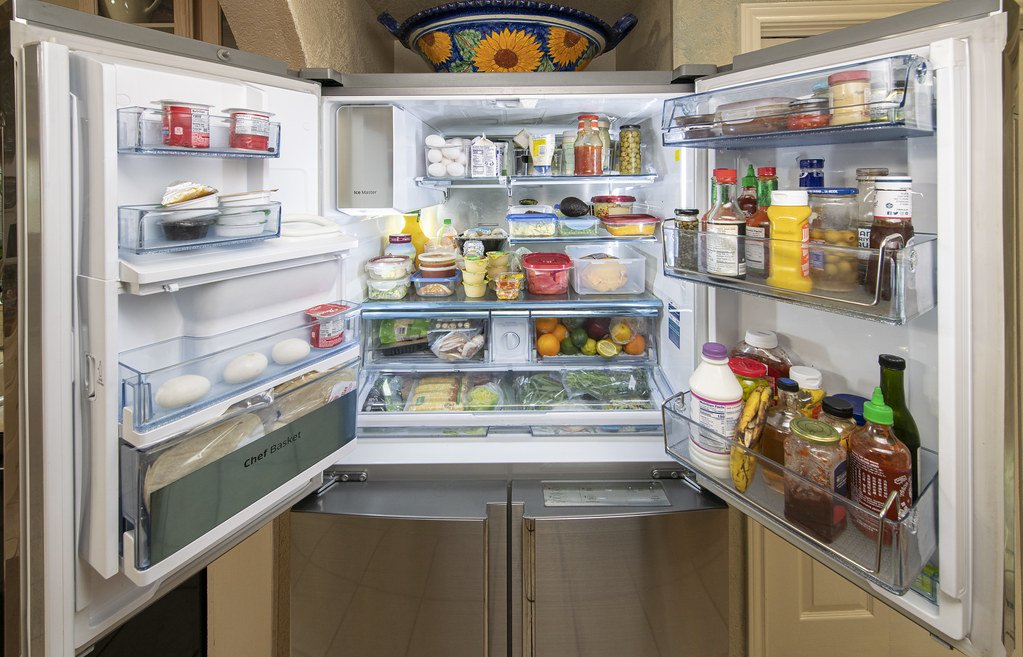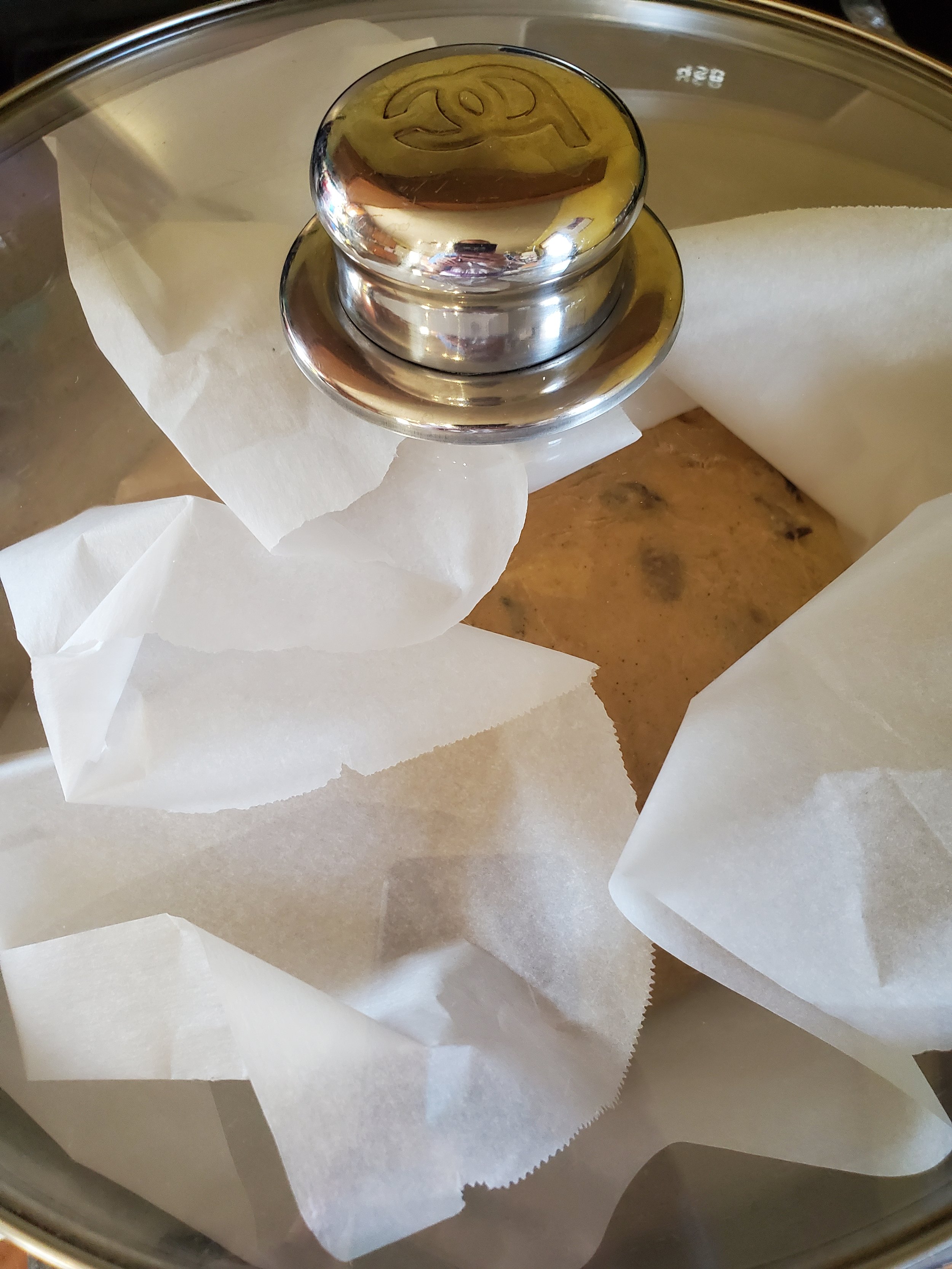A Fusion of Fall Spice and Coffee Indulgence
Welcome to a delightful twist on classic pumpkin muffins! This recipe is a perfect marriage of seasonal flavors—warm pumpkin, aromatic spices, and a decadent coffee cream cheese frosting. With each bite, you can experience the cozy essence of fall combined with the indulgence of a caffeinated treat. Follow along step by step to create your own batch of these deliciously unique muffins.
Ingredients:
For the muffins:
1 15 oz can pumpkin puree
1 1/2 cup flour
1/2 cup white sugar
1/2 cup brown sugar
1/4 cup sour cream
2 eggs
1 teaspoon baking powder
1/2 teaspoon salt
1 teaspoon ground cinnamon
For the frosting:
1 stick butter, softened
1/2 brick regular cream cheese, softened
2 cups powdered sugar
2 tablespoons instant coffee
1 teaspoon vanilla extract
3 tablespoons milk
Tools:
can opener
mixing bowls (large and small)
muffin tin or sheet pan
muffin liners or baking cups
spoons
measuring cups and spoons
mixer (hand or stand)
Preheat your oven to 350 and let's get dessert rolling!
Begin with the can opener - go ahead and crack open the can of pumpkin. If you only have pumpkin pie filling on hand, you can sub half a 30-oz can of that, but keep in mind how much sweeter it will make the final result.
Dump the pumpkin into the mixing bowl (use a spoon to scrape the sides of the can to be certain you get all of it), then add the eggs and sour cream to the bowl and stir together, making sure to break the yolks on the eggs so they're properly incorporated.
Measure your dry ingredients - sugars, flour, spices, salt, baking powder - into another dish and mix them up. Add the dry ingredients slowly to the wet ingredients, stirring as you go. Try to avoid ending up with any clumps here, but don't stir it to death. Overdoing it will cause the muffins to be rubbery.
Once you've got the batter thoroughly mixed (but not overmixed), portion it out into your lined muffin tin or baking cups. We used baking cups on a sheet pan because these fall themed cups were just too cute to pass up! Don't worry too much about overfilling; these won't rise very much at all in the baking process.
Pop the muffins into the oven and set a timer for 25 minutes.
Take a clean mixing bowl and put your softened butter and cream cheese into it, and put the beaters into your mixer. We used a hand mixer, mostly because it would have taken much longer to get the stand mixer out and ready.
Whip the butter and the cream cheese on at least medium speed until it's all fluffy.
With the mixer on, add the powdered sugar slowly. A second set of hands helps here. If you have a little helper you don't mind getting a smidge messy, feel free to recruit them. You don't have to get the powdered sugar fully incorporated at this stage. The goal here is just to get it into the bowl and start combining it with the butter and cream cheese.
In a shallow dish (or repurposed yogurt container if you're us), dissolve your instant coffee granules in the little bit of milk you've measured out. It shouldn't take much stirring. Once it's all one color and you've minimized the amount of sunken coffee bits, pour the mixture into the cream cheese/butter/sugar dish and turn the mixer back on. Mix thoroughly, until the whole thing is one color.
By now your muffins should be coming out of the oven. It'll be too soon to frost them (they're much too hot), so set them aside to cool and tuck your frosting into the fridge until they're ready.
Once the muffins are cooled, pull the frosting back out of the fridge and put your dessert together.
If you're feeling fancy, you can break out a pastry bag and tip and get ready to pipe the frosting. But we swear, it still tastes just as good if all you do is take a spoon or flexible spatula and drop a dollop on top of each muffin.
Enjoy after dinner with a big cup of coffee.
As the aroma of freshly baked pumpkin muffins fills your kitchen, remember that Appliance Rescue Service is here to ensure your cooking experiences are always seamless. Share your baking success on our Facebook page and take a moment to reach out to us at (214) 599-0055 or our website, for any appliance needs. Whether it's repairing a freezer or running routine maintenance on your oven, we're dedicated to keeping your kitchen running smoothly. Treat yourself to these delightful muffins and elevate your fall baking game with a touch of caffeinated comfort. Enjoy this flavorful creation with a steaming cup of coffee and savor the season's joys in every bite.
Additional Reading
Easy No-Cook Not Quite a Cannoli
Chocolate Raspberry Thumbprints

































